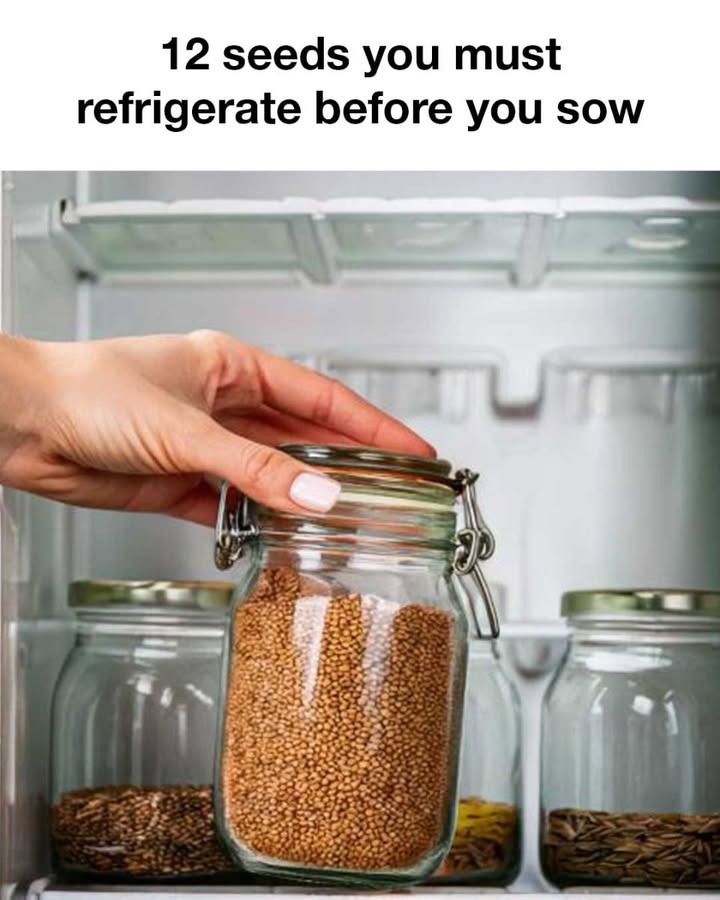ADVERTISEMENT
**Steaming**, on the other hand, is a gentler cooking method that preserves the natural flavor and nutrients of vegetables and fish. When you steam food, it’s cooked by hot steam rather than direct contact with water or oil. This helps to retain more vitamins and minerals, making steaming an ideal method for healthy cooking.
**Poaching** is another gentle technique that involves cooking food in a simmering liquid, such as water, broth, or wine. Poaching is commonly used for delicate proteins like eggs, chicken, and fish. It allows the food to cook evenly without becoming tough, preserving its moisture and tenderness.
By understanding how each cooking method works, you can choose the best technique for the dish you want to prepare, ensuring optimal flavor and texture.
### **7. The Importance of Seasoning: How Salt, Acid, and Fat Enhance Flavors**
Seasoning is one of the most important aspects of cooking. While salt, acid, and fat are common ingredients, their ability to enhance flavors is often underestimated.
– **Salt** is essential for drawing out the natural flavors of food. It amplifies savory notes and helps balance sweetness and bitterness. Salt also plays a role in the Maillard reaction, contributing to the browning of meat and the development of complex flavors.
– **Acid**, such as lemon juice, vinegar, or tomatoes, helps to balance richness and cut through fatty dishes. Acid adds brightness and freshness, bringing a new dimension of flavor to the meal. For example, a squeeze of lemon can transform a simple fish fillet into a vibrant dish.
– **Fat** is a carrier of flavor. It helps dissolve and distribute fat-soluble compounds, such as essential oils and spices, that would otherwise be difficult to taste. Fat also contributes to the mouthfeel of a dish, making it rich and satisfying. From butter in a creamy sauce to olive oil on roasted vegetables, fat enhances both texture and flavor.
By understanding the roles of salt, acid, and fat in cooking, you can create well-balanced dishes with layers of flavor that will satisfy your taste buds.
### **8. The Chemistry of Marinades: Flavor Infusion and Tenderization**
Marinades are an essential part of cooking, especially when preparing meats. The science behind marinating involves both **flavor infusion** and **tenderization**. Acidic ingredients in the marinade (such as vinegar or citrus) help break down the muscle fibers in meat, making it more tender. In addition to tenderization, marinades allow flavors to infuse into the food, enhancing its overall taste.
The key to a successful marinade is the balance of ingredients. Too much acid can lead to overly soft, mushy meat, while too little acid may not be effective in tenderizing. A well-balanced marinade typically includes an acid (for tenderizing), oil (for moisture), and various herbs and spices (for flavor).
### **9. Food Pairing Science: Why Certain Ingredients Go Well Together**
Food pairing is based on the science of **flavor compounds**. Some ingredients naturally complement each other because they contain similar flavor compounds, while others contrast in ways that create balance and harmony. For example, basil and tomatoes are a classic pairing because they both contain similar volatile compounds that enhance each other’s flavors.
Similarly, the combination of **sweet and salty** is widely appreciated in cooking, from salted caramel to prosciutto-wrapped melon. Sweetness balances out the richness of fat and salt, creating a pleasing contrast on the palate.
By understanding how flavors interact, you can get creative in your cooking and experiment with unexpected yet harmonious ingredient pairings.
—
### **Conclusion: Embrace the Science of Cooking**
Cooking is much more than a series of steps outlined in a recipe. It’s a fascinating exploration of science, where heat, chemistry, and technique combine to create delicious dishes. By understanding the science behind cooking—whether it’s the Maillard reaction, emulsification, or the role of salt and acid—you can elevate your culinary skills and make better decisions in the kitchen.
Next time you’re cooking, remember that you’re not just following a recipe—you’re engaging in a transformative process that blends art and science. Understanding the science behind cooking will not only help you improve your dishes but also deepen your appreciation for the magic that happens every time you step into the kitchen.
Happy cooking!
—
This article provides a broad look at the science of cooking. If you want something more specific, just let me know, and I can dive deeper into any particular area!
